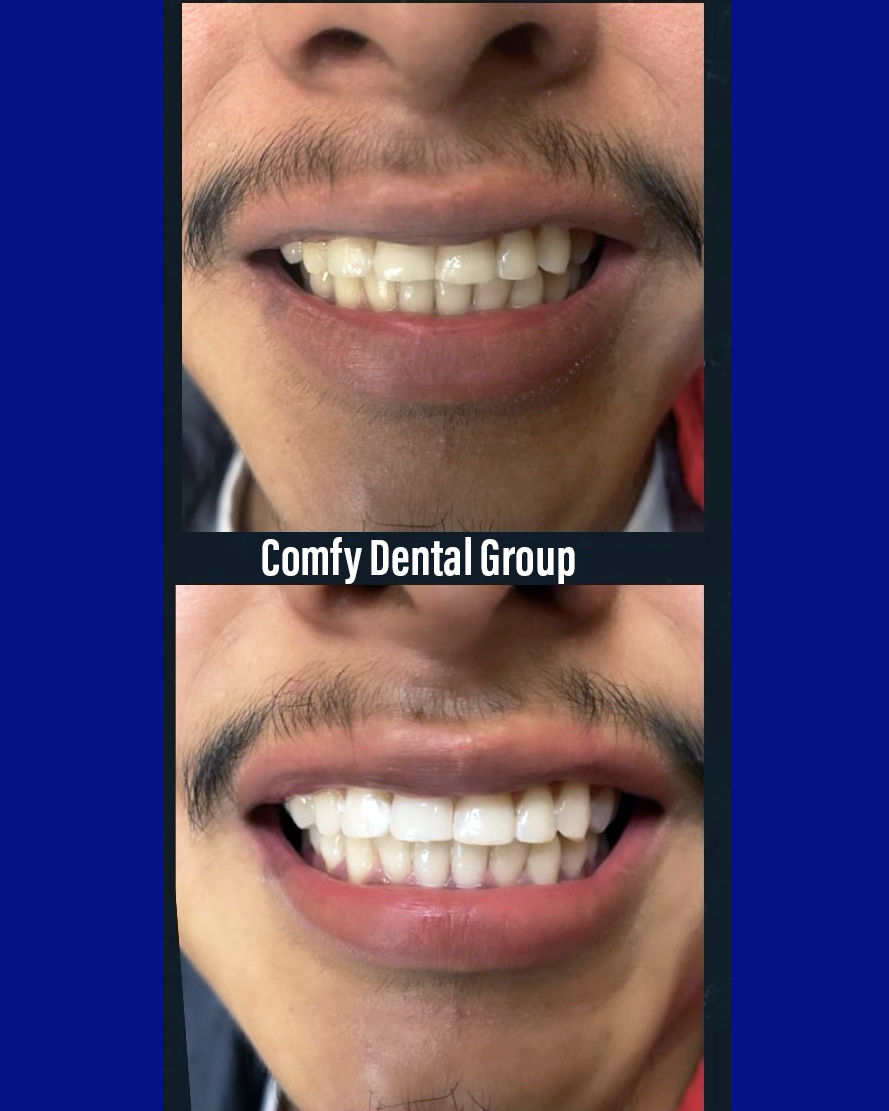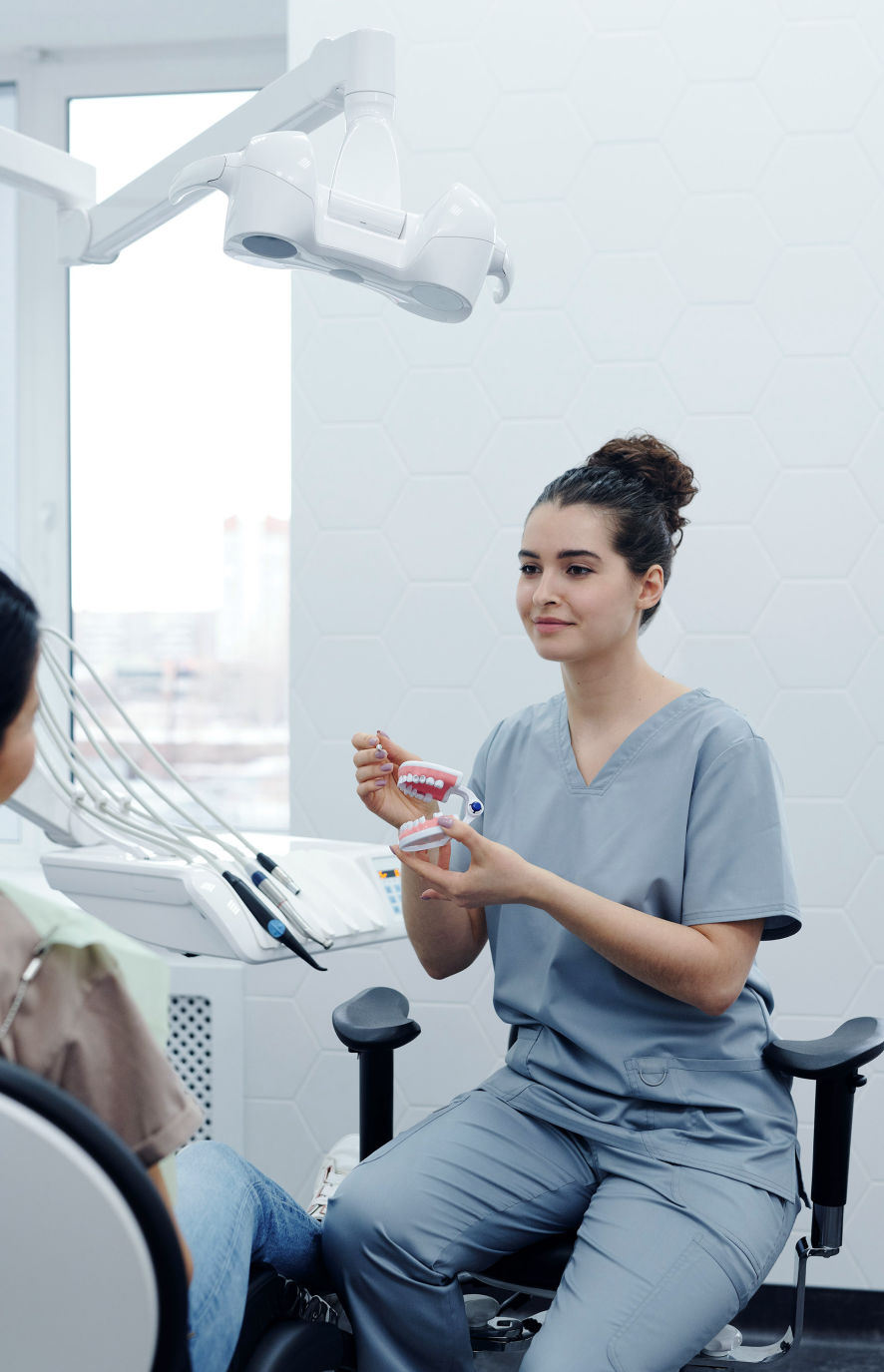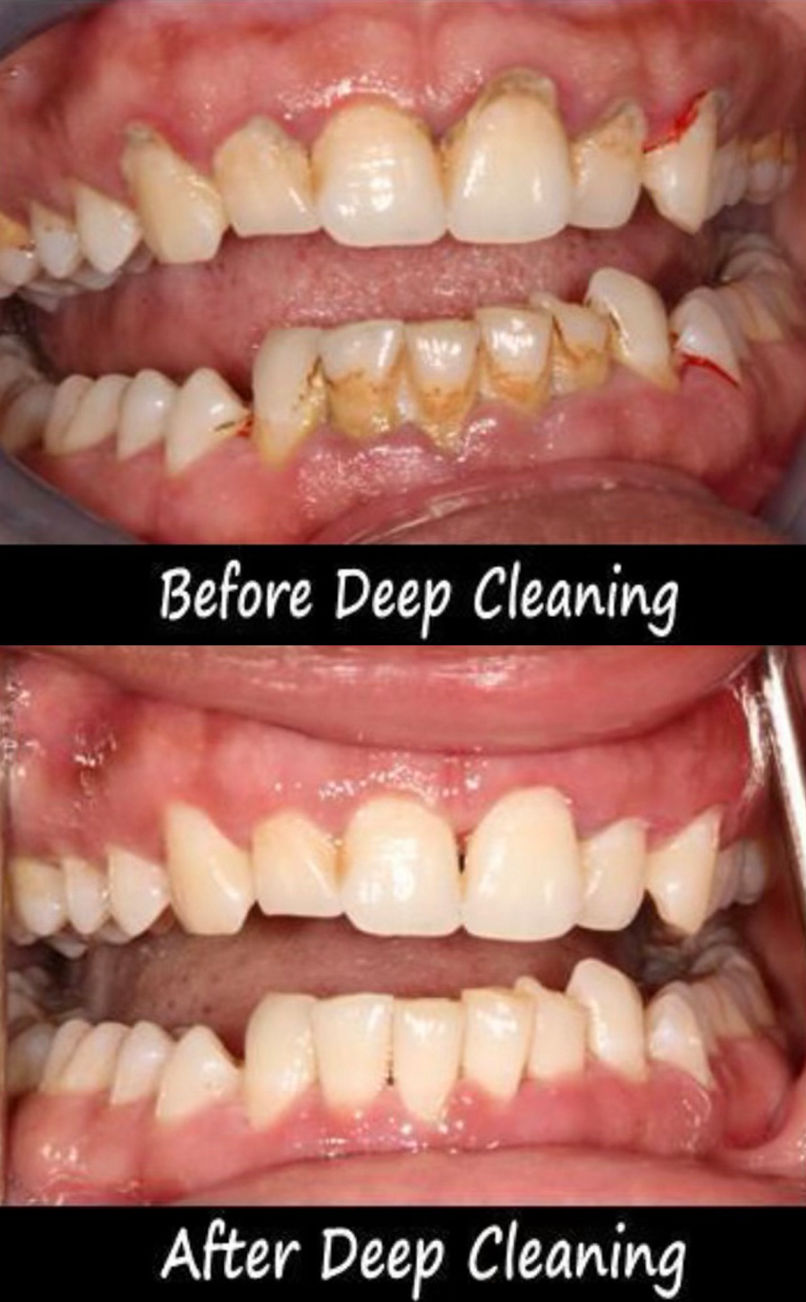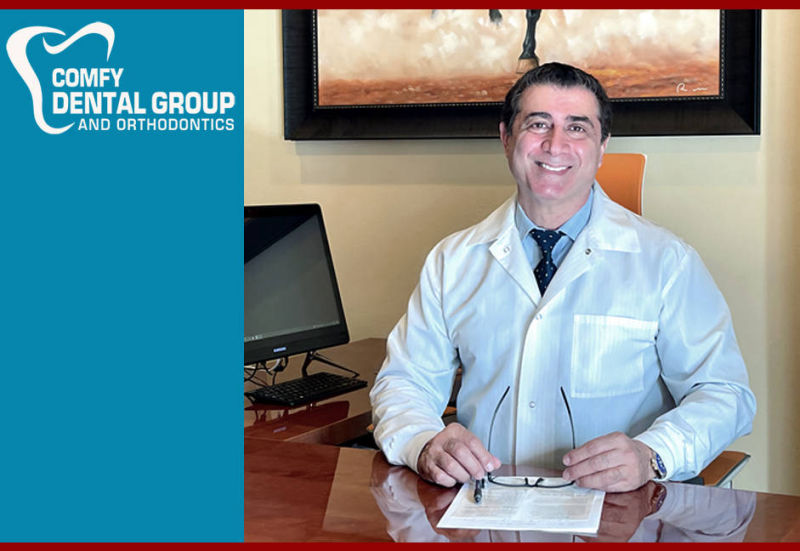What Causes Tooth Staining?
Age: There is a direct correlation between tooth color and age. Over the years, teeth darken as a result of wear and tear and stain accumulation. Teenagers will likely experience immediate, dramatic results from whitening. In the twenties, as the teeth begin to show a yellow cast, teeth whitening may require a little more effort. The forties may call for the yellow gives way to brown and more maintenance. By the fifties, the teeth have absorbed a host of stubborn stains, which can prove difficult (but not impossible) to remove.
Starting Color: We are all equipped with an inborn tooth color that ranges from yellow-brownish to greenish-grey, and intensifies over time. Yellow-brown is generally more responsive to bleaching than green-grey.
Translucency and Thinness: These are also genetic traits that become more pronounced with age. While all teeth show some translucency, those that are opaque and thick have an advantage: they appear lighter in color, show more sparkle and are responsive to bleaching. Teeth that are thinner and more transparent – most notably the front teeth – have less of the pigment that is necessary for bleaching. According to cosmetic dentists, transparency is the only condition that cannot be corrected by any form of teeth whitening.
Eating Habits: The habitual consumption of red wine, coffee, tea, cola, carrots, oranges and other deeply-colored beverages and foods causes considerable staining over the years. In addition, acidic foods such as citrus fruits and vinegar contribute to enamel erosion. As a result, the surface becomes more transparent and more of the yellow-colored dentin shows through.
Smoking habits: Nicotine leaves brownish deposits, which slowly soak, into the tooth structure and cause intrinsic discoloration.
Drugs / Chemicals: Tetracycline usage during tooth formation produces dark grey or brown ribbon stains which are very difficult to remove. Excessive consumption of fluoride causes fluorosis and associated areas of white mottling.
Grinding: Most frequently caused by stress, teeth grinding (gnashing, bruxing, etc.) can add to micro-cracking in the teeth and can cause the biting edges to darken.
Trauma: Falls and other injuries can produce sizable cracks in the teeth, which collect large amounts of stains and debris.







